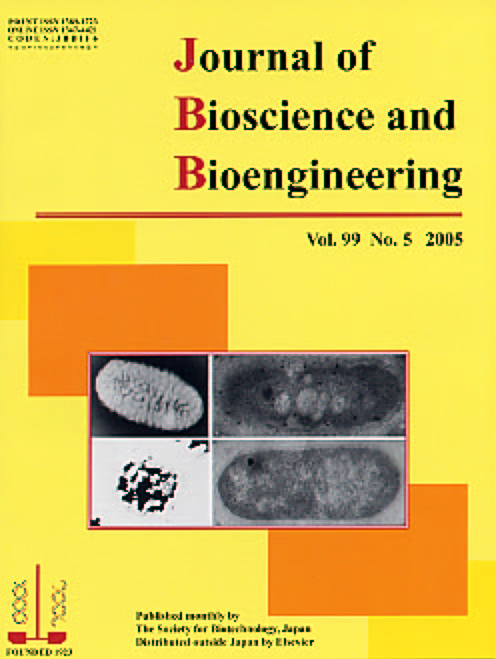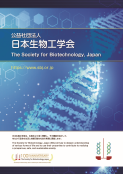Journal of Bioscience and Bioengineering Vol. 99, No. 5 (2005)
Vol. 99, May 2005
Flagellin as a cell surface protein with alginate-binding activity.
Immunogold electron microscopy showing the specific expression and localization of flagellin on the surface of macromolecule (alginate)-grown cells (right, above) of Sphingomonas sp. strain A1, an unflagellated and pit-forming bacterium (left) found for the first time in the history of microbiology, is presented in comparison with that of yeast extract-grown cells (right, below). Flagellin is also shown to be able to bind alginate strongly and specifically, and to regulate cell surface structure. These findings are exciting and provide significant insights into the origin, evolution, and novel function of flagellin unrelated to flagella.
Related article: Hashimoto, W., Yamasaki, M., Itoh, T., Momma, K., Mikami, B., and Murata, K., “Super-channel in bacteria: structural and functional aspects of a novel biosystem for the import and depolymerization of macromolecules“, J. Biosci. Bioeng., vol. 98, 399–413 (2004).
⇒JBBアーカイブ:Vol.107 (2009) ~最新号
⇒JBBアーカイブ:Vol. 93(2002)~Vol. 106(2008)



.gif)